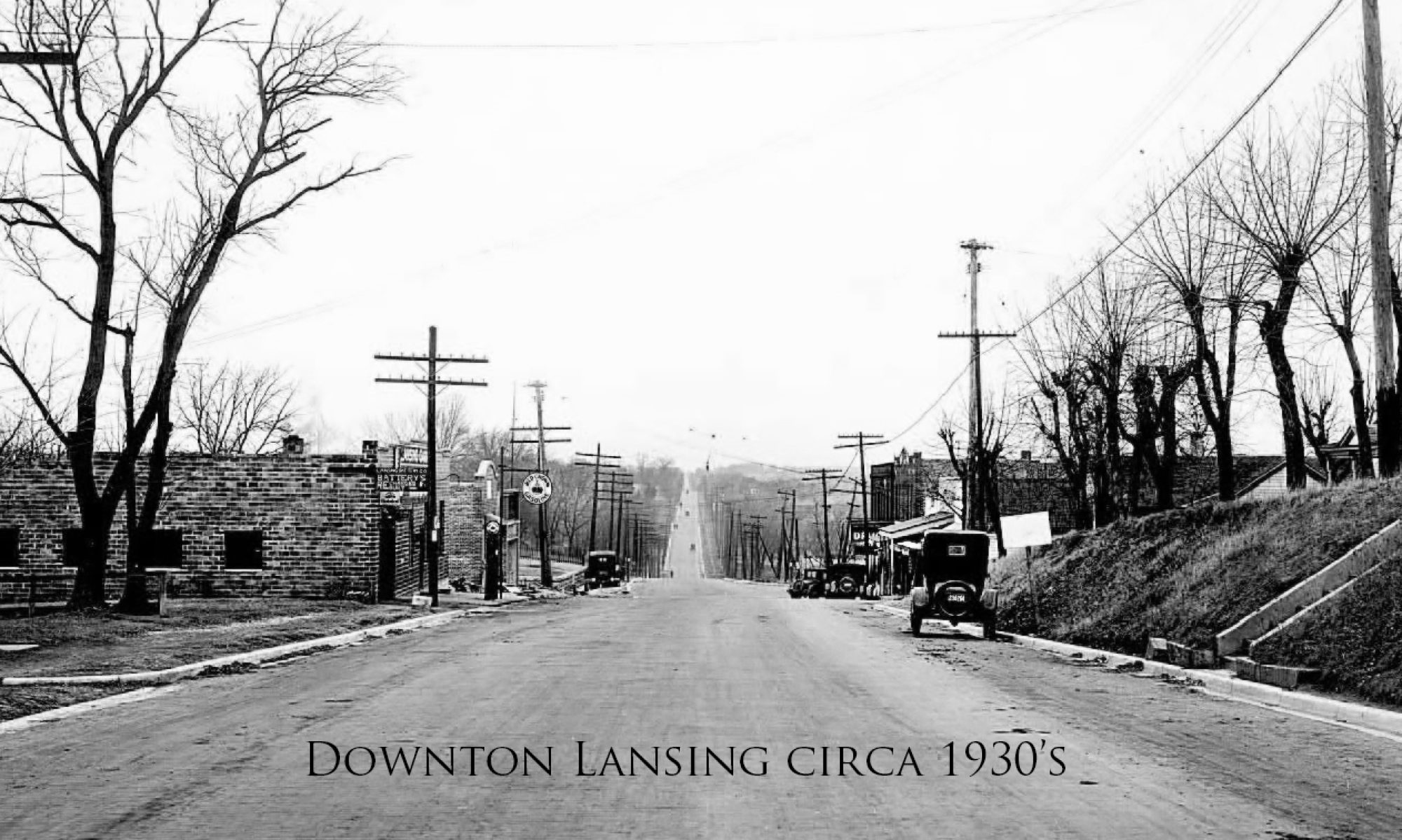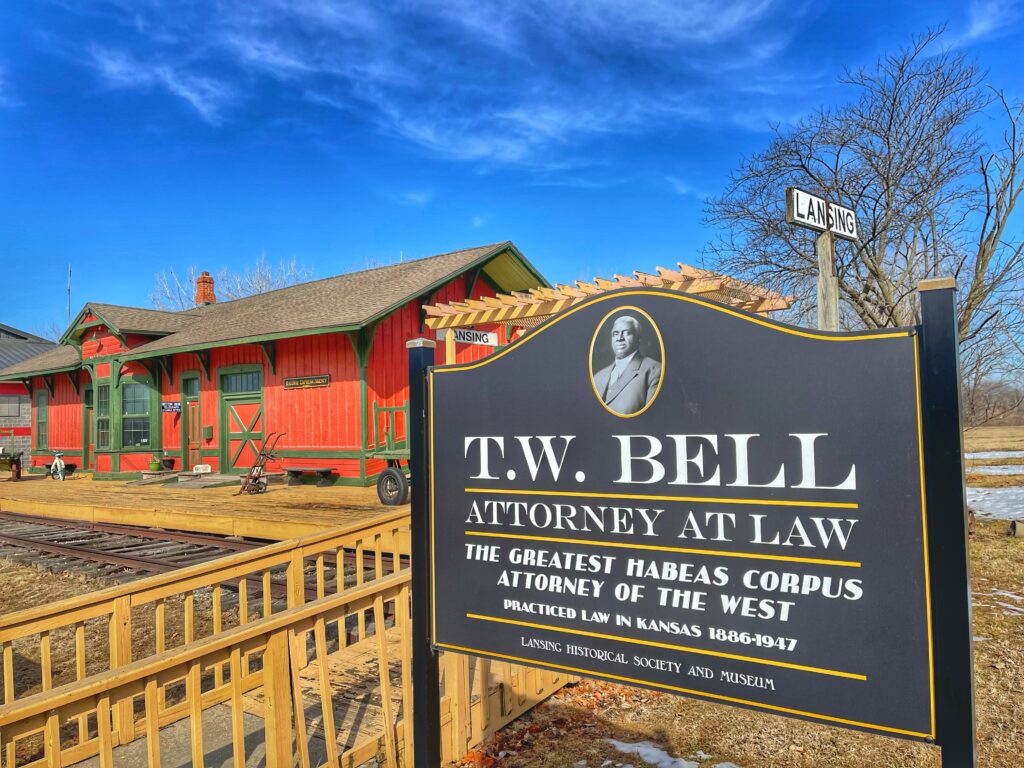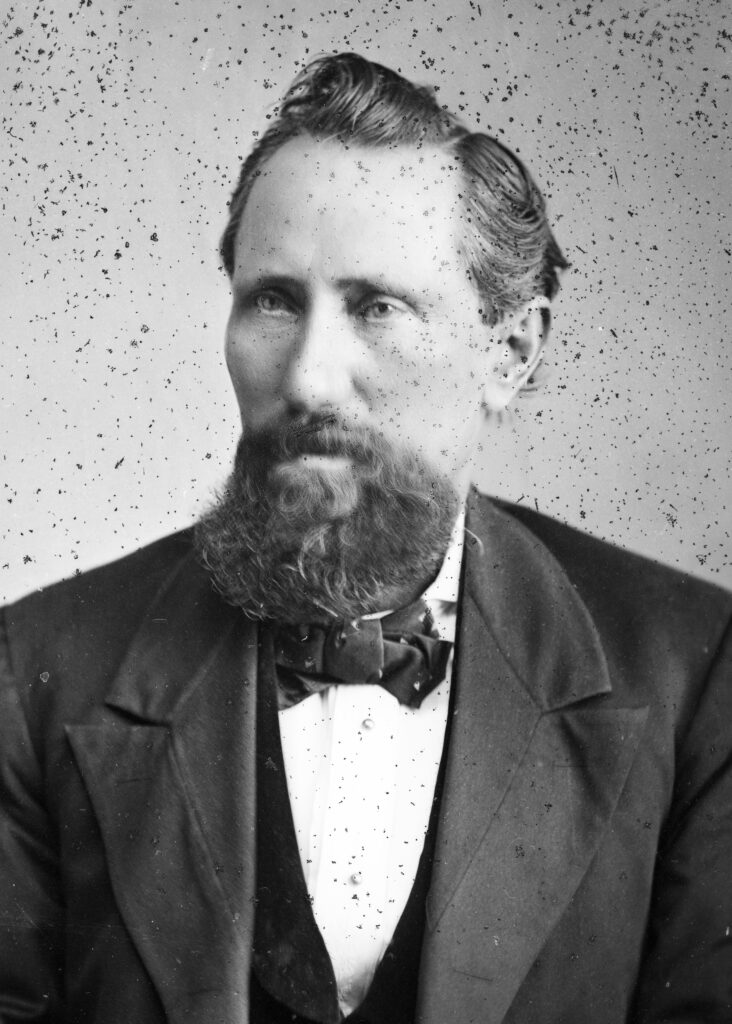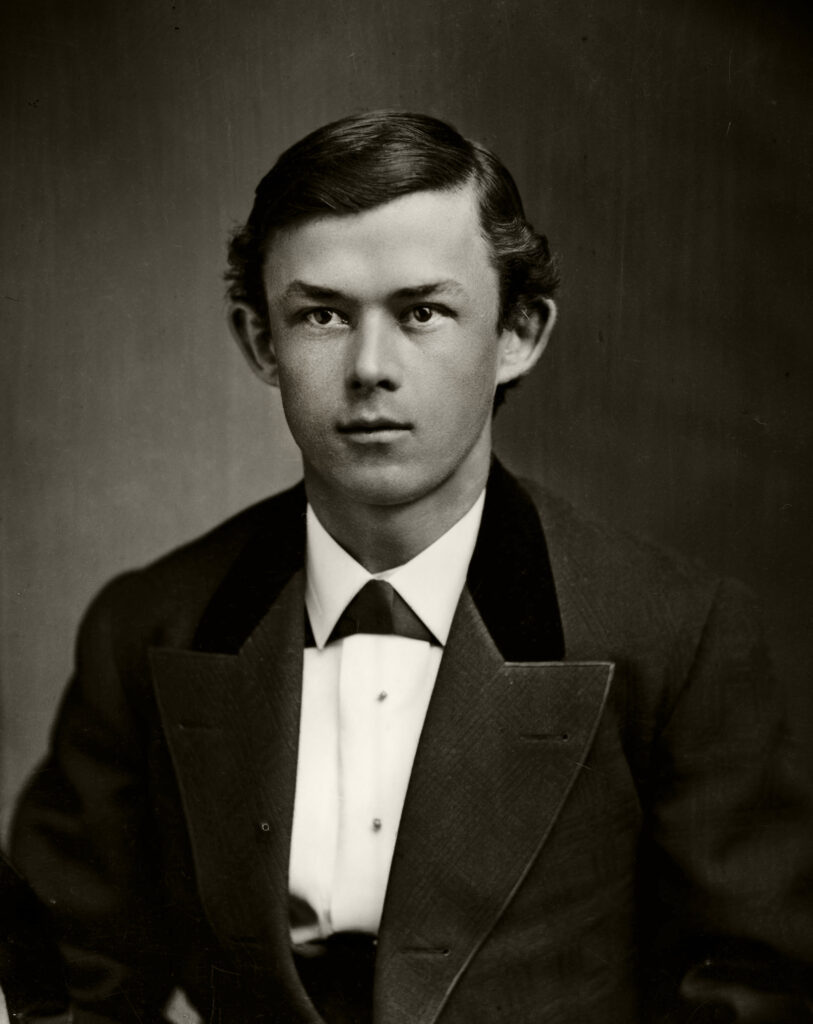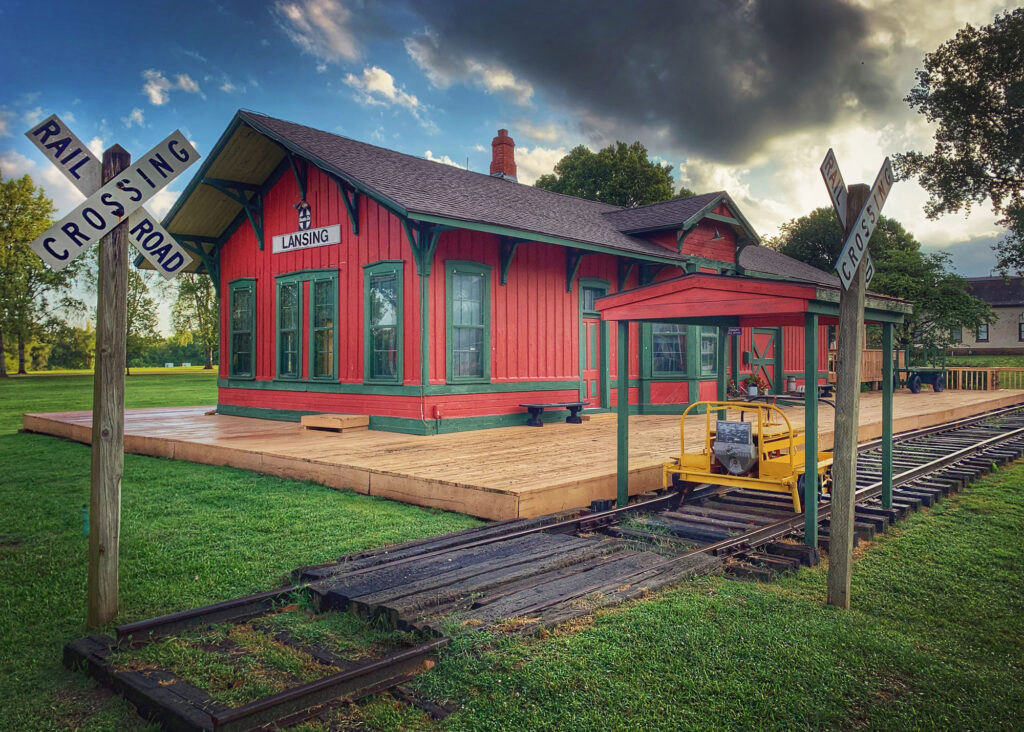
Located on the front lawn of the former Kansas State Penitentiary, the Lansing Historical Society and Museum is one of a kind, merging the history of the community through industry – Railroads, Prisons and Mining.
What makes this Museum unique? It is a fully restored 1887 Atchison, Topeka & Santa Fe Railway depot, which played an important role in our country’s history with the railroad. More than that, the Museum houses a collection of photographs of all of the prisons in the area, all of the railroad depots, and school pictures that go back to 1908.
Mission Statement
Using its historic Atchison, Topeka & Santa Fe Railway depot and collections, the nonprofit Lansing Historical Society and Museum shares the story of Delaware Township through its dedication to collecting, preserving, interpreting and exhibiting authentic historical materials.
The Museum seeks to broaden the historical knowledge of the general public through the use of photographs and artifacts by preserving the history of Delaware Township, The Town of Progress, The City of Lansing, Kansas State Penitentiary at Lansing, and the United States Penitentiary at Leavenworth, KS.
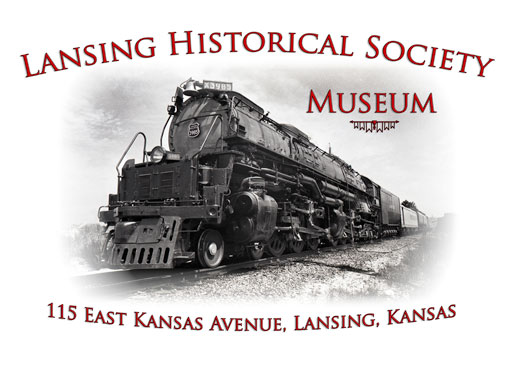
Trains and Trolleys
At the height of the Civil War, with unity so much on his mind, President Abraham Lincoln sought a way to connect and secure the great expanse of our nation. It came in the form of the transcontinental railroad. With it came a host of smaller railroads going through towns like Lansing, Maltby, Pope, Ettenson, Delaware, Richardson, Wadsworth, and Bain City. Some of these towns are but a memory today. Lansing saw all of these railroads making their way through Delaware Township, to include the Kansas City-Western Railway Co. From timetables to engineering documents, maps to books, we offer a wealth of railroad information.
The museum is keeping those memories alive with newspaper articles from the day, artifacts, and historical photographs.
The Coal Mines

The discovery of coal in the area opened up three coal mines in Delaware Township: Carr, Brighton and the prison. Kansas State Prison would mine coal for years using this rich ore to fuel not only the prison, but many of the state buildings as well.
Kansas State Penitentiary
The Kansas State Penitentiary in Lansing is one of the oldest correctional institutions in the country. It had its start as early as 1859 when it was authorized by the Constitution of Territorial Kansas. KSP was modeled after the state prison in Joliet, Illinois with local architect Erasmus T. Carr’s design. It would take five years before construction would begin in 1864. In the early days the prison required that all officials live nearby, and the town grew up around the prison. It was known as the Town of Progress.
Executions of state, federal, and military prisoners were performed by hanging at KSP until 1965. Some of the inmates who found their way to the gallows were: Lowell Andrews, a University of Kansas student, murdered his parents and sister in their Wolcott, KS, family home on November 28, 1958. He was executed in 1962.
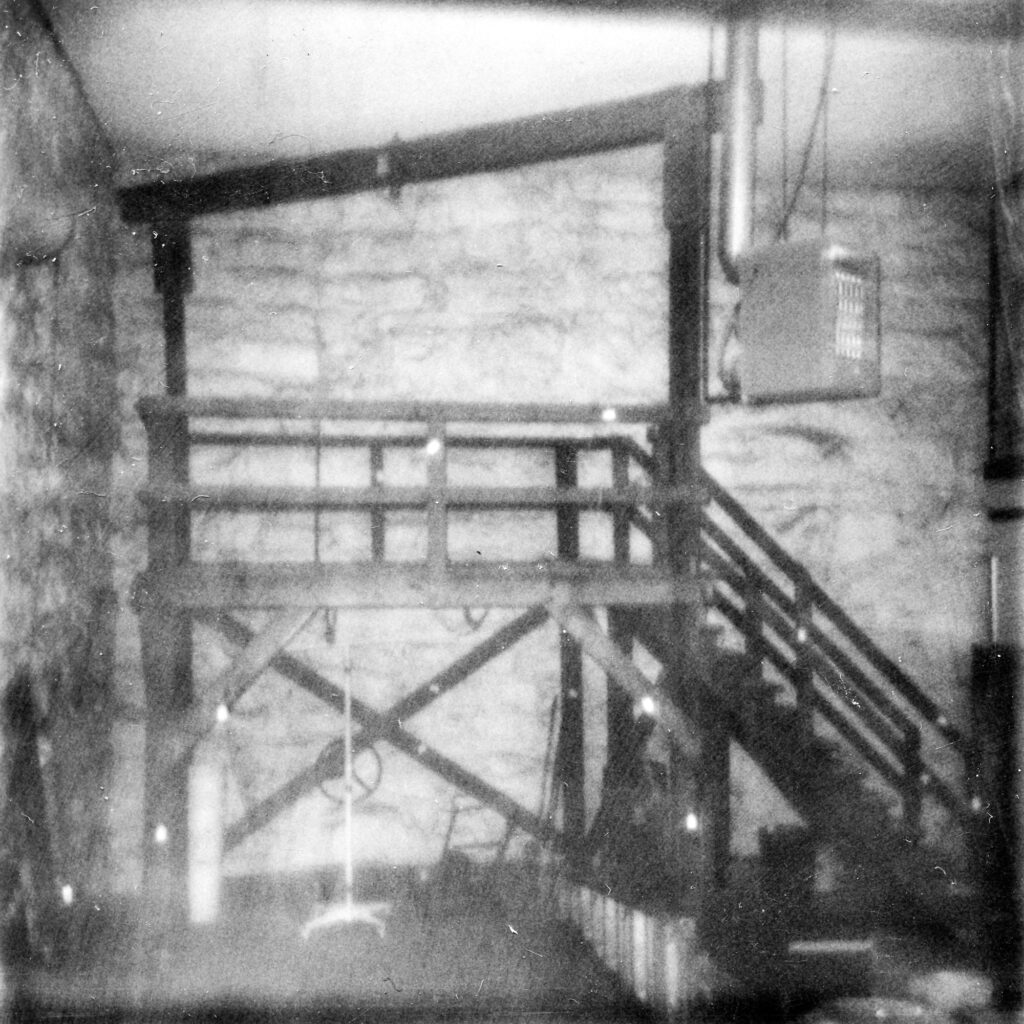
Perry Smith
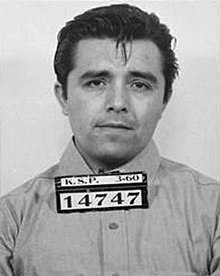
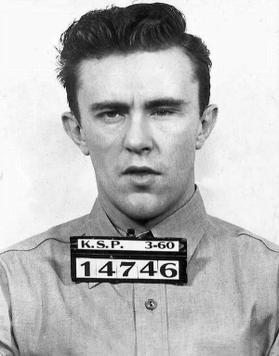
Richard “Dick” Hickock
Perry Smith and Richard Hickock, on November 15, 1959, murdered four members of the Herbert Clutter family of Holcomb, KS. Smith and Hickock were hanged April 14, 1965. The story of the Clutter family murders and the executions of Smith and Hickock were the subject of Truman Capote novel, In Cold Blood.
George York and James Latham, a 1961 spree killer team, were the most recent individuals executed by the state of Kansas in 1965.
Other villains housed at KSP included Harvey Bailey,
cohort of George “Machine Gun” Kelly; and Emmett Dalton, of the Dalton Gang.
History of
Delaware Township
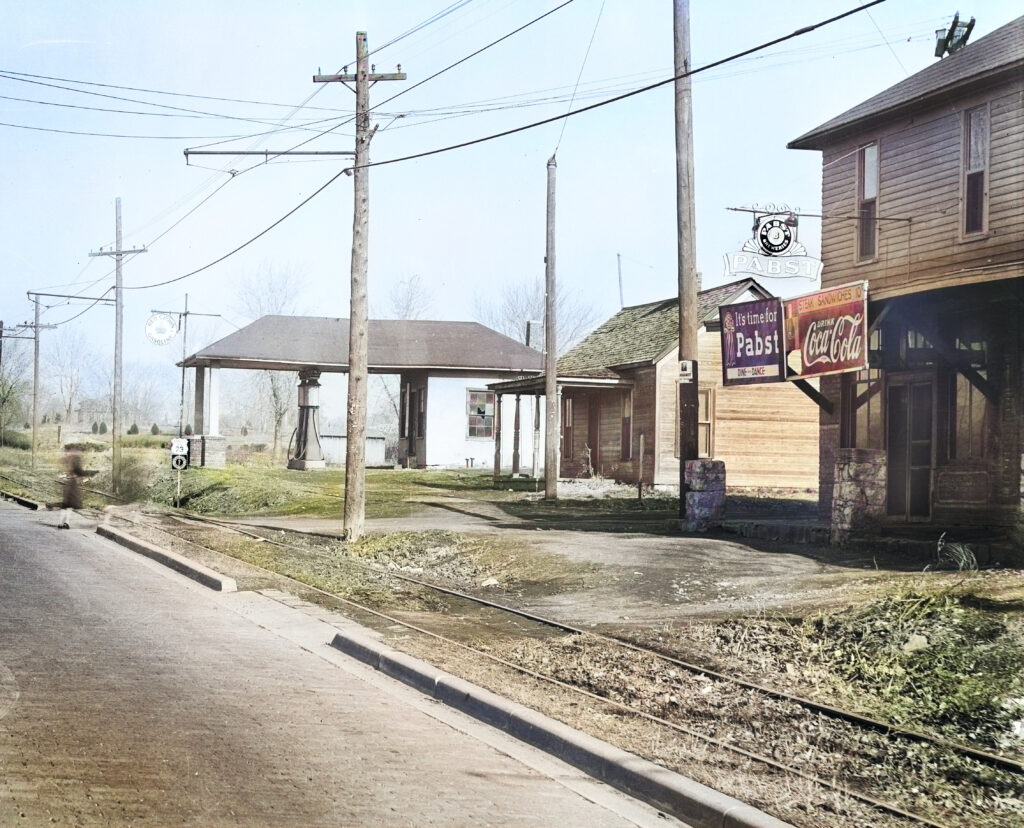
Delaware Township includes the towns of Lansing, Progress, Brighton, Delaware, Richardson, Morgantown, Xavier, Wadsworth, and Bain City. It is the history of these communities we celebrate through our collections.
In the 1880s, L.V. Harkness, vice-president of Standard Oil, began buying hundreds of acres of land in the area. He built the Brighton Mine, the Brighton Mine Railroad, and the town of Brighton because he said he saw the promise of a profitable future. The Brighton miners ultimately went out on strike and the owner closed it down.
Cattle farms and apple orchards flourished in the rolling hills that made up the countryside. One of those ranches was the Ryan Brothers Cattle Farm. The four brothers were nationally known for their cattle and the thousands upon thousands of acres of land they owned in California, Texas, Montana and Kansas. Matt Ryan would die a tragic death while riding his horse on the farm. The place of his death is now the site of Lansing High School.
It was said that George C. Richardson was the first child born in Leavenworth. George would be a business success with the Missouri Valley Orchard Company and the Carr Mine.
